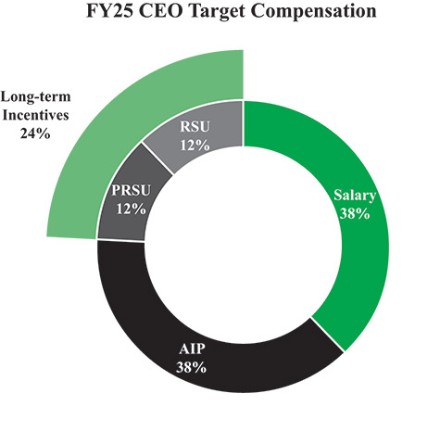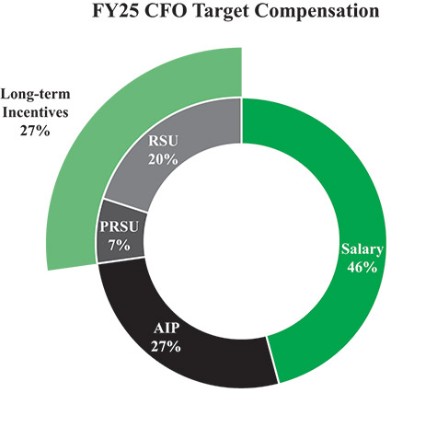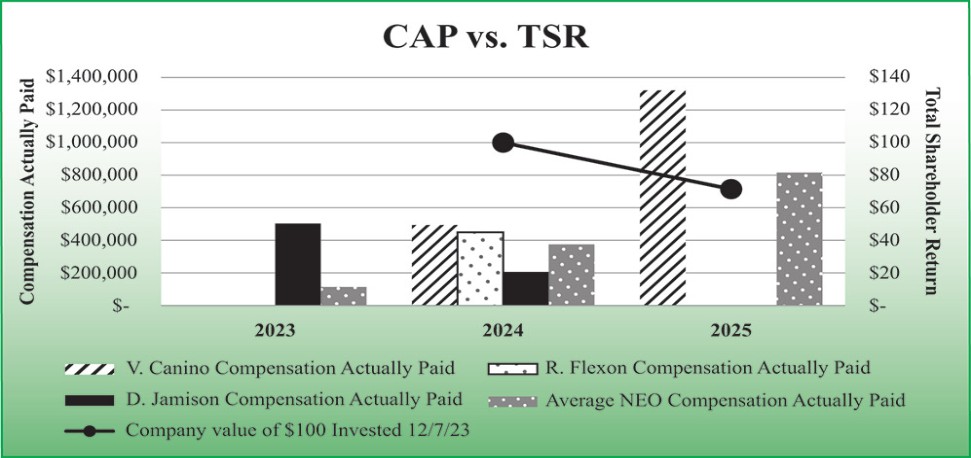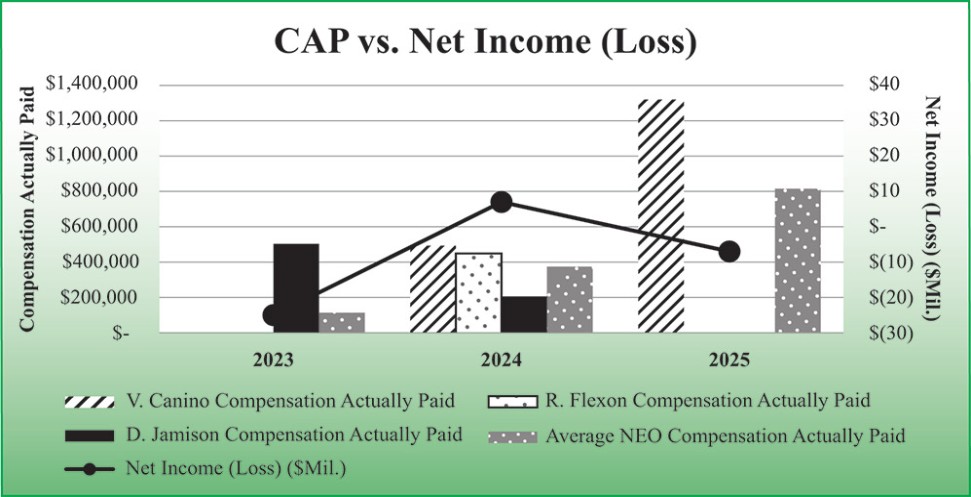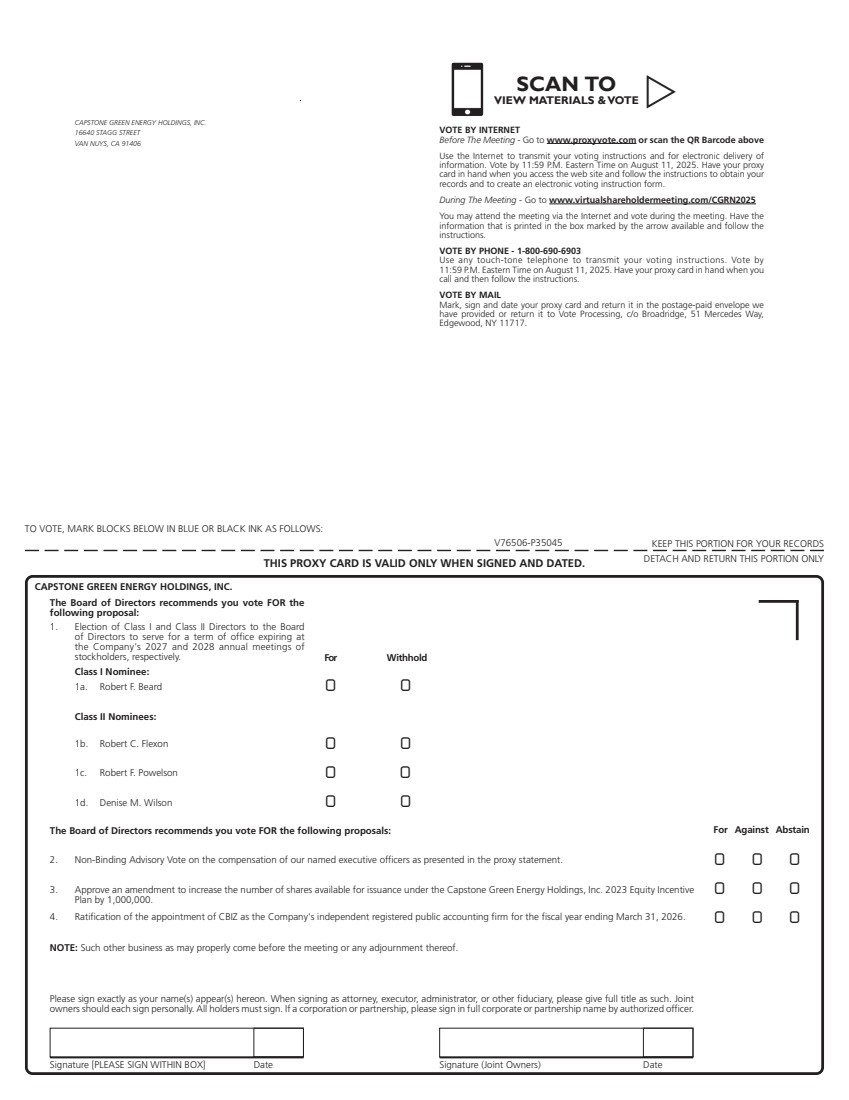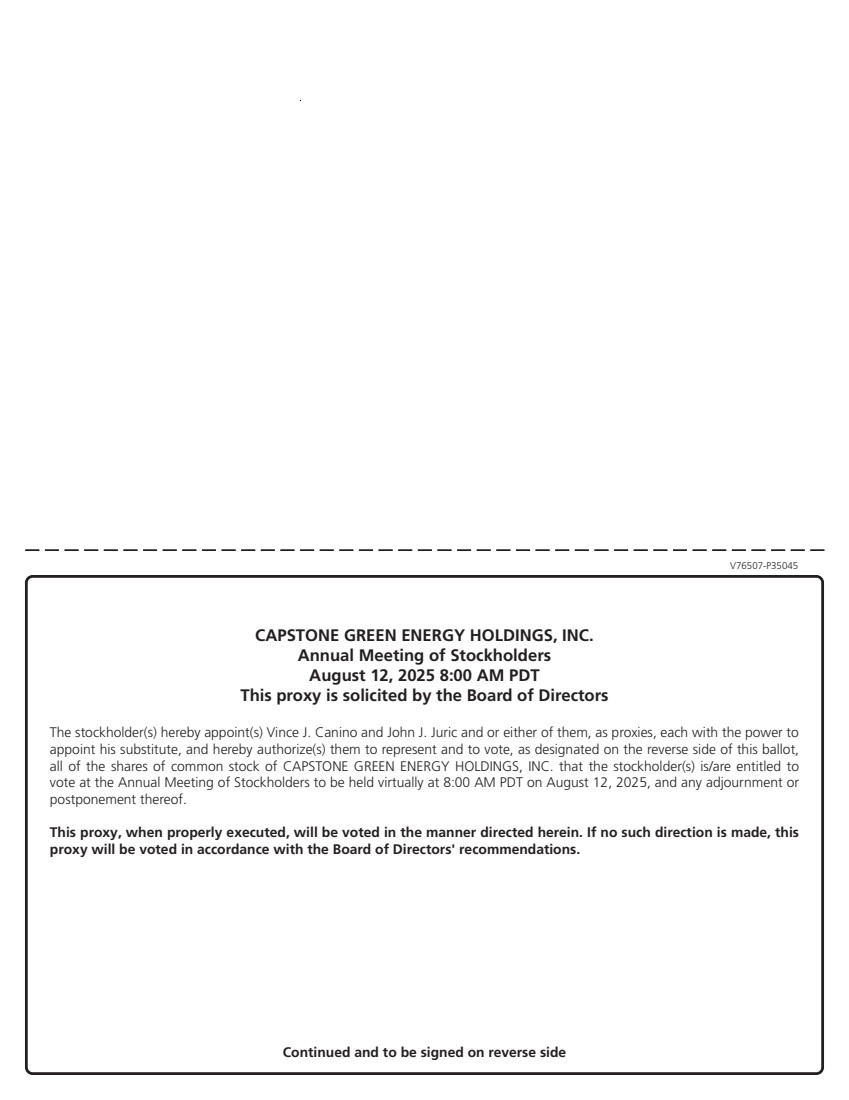“Incentive Stock Option” means an Option that is designated by the Committee as an incentive stock option within the meaning of Section 422 of the Code and that meets the requirements set out in the Plan.
“Non-Employee Director” means a Director who is a “non-employee director” within the meaning of Rule 16b-3.
“Non-qualified Stock Option” means an Option that by its terms does not qualify or is not intended to qualify as an Incentive Stock Option.
“Officer” means a person who is an officer of the Company within the meaning of Section 16 of the Exchange Act and the rules and regulations promulgated thereunder.
“Option” means an Incentive Stock Option or a Non-qualified Stock Option granted pursuant to the Plan.
“Optionholder” means a person to whom an Option is granted pursuant to the Plan or, if applicable, such other person who holds an outstanding Option.
“Option Exercise Price” means the price at which a share of Common Stock may be purchased upon the exercise of an Option.
“Other Equity-Based Award” means an Award that is not an Option, Stock Appreciation Right, Restricted Stock, Restricted Stock Unit, or Performance Share Award that is granted under Section 10 and is payable by delivery of Common Stock and/or which is measured by reference to the value of Common Stock.
“Participant” means an eligible person to whom an Award is granted pursuant to the Plan or, if applicable, such other person who holds an outstanding Award.
“Performance Goals” means, for a Performance Period, the one or more goals established by the Committee for the Performance Period based upon business criteria or other performance measures determined by the Committee in its discretion.
“Performance Period” means the one or more periods of time, as the Committee may select, over which the attainment of one or more Performance Goals will be measured for the purpose of determining a Participant’s right to and the payment of a Performance Share Award or a Cash Award.
“Performance Share Award” means any Award granted pursuant to Section 9 hereof.
“Performance Share” means the grant of a right to receive a number of shares of Common Stock or share units based upon the performance of the Company during a Performance Period, as determined by the Committee.
“Permitted Transferee” means: (a) a member of the Optionholder’s immediate family (child, stepchild, grandchild, parent, stepparent, grandparent, spouse, former spouse, sibling, niece, nephew, mother-in-law, father-in-law, son-in-law, daughter-in-law, brother-in-law, or sister-in-law, including adoptive relationships), any person sharing the Optionholder’s household (other than a tenant or employee), a trust in which these persons have more than 50% of the beneficial interest, a foundation in which these persons (or the Optionholder) control the management of assets, and any other entity in which these persons (or the Optionholder) own more than 50% of the voting interests; (b) third parties designated by the Committee in connection with a program established and approved by the Committee pursuant to which Participants may receive a cash payment or other consideration in consideration for the transfer of a Non-qualified Stock Option; and (c) such other transferees as may be permitted by the Committee in its sole discretion.
“Person” means a person as defined in Section 13(d)(3) of the Exchange Act.

